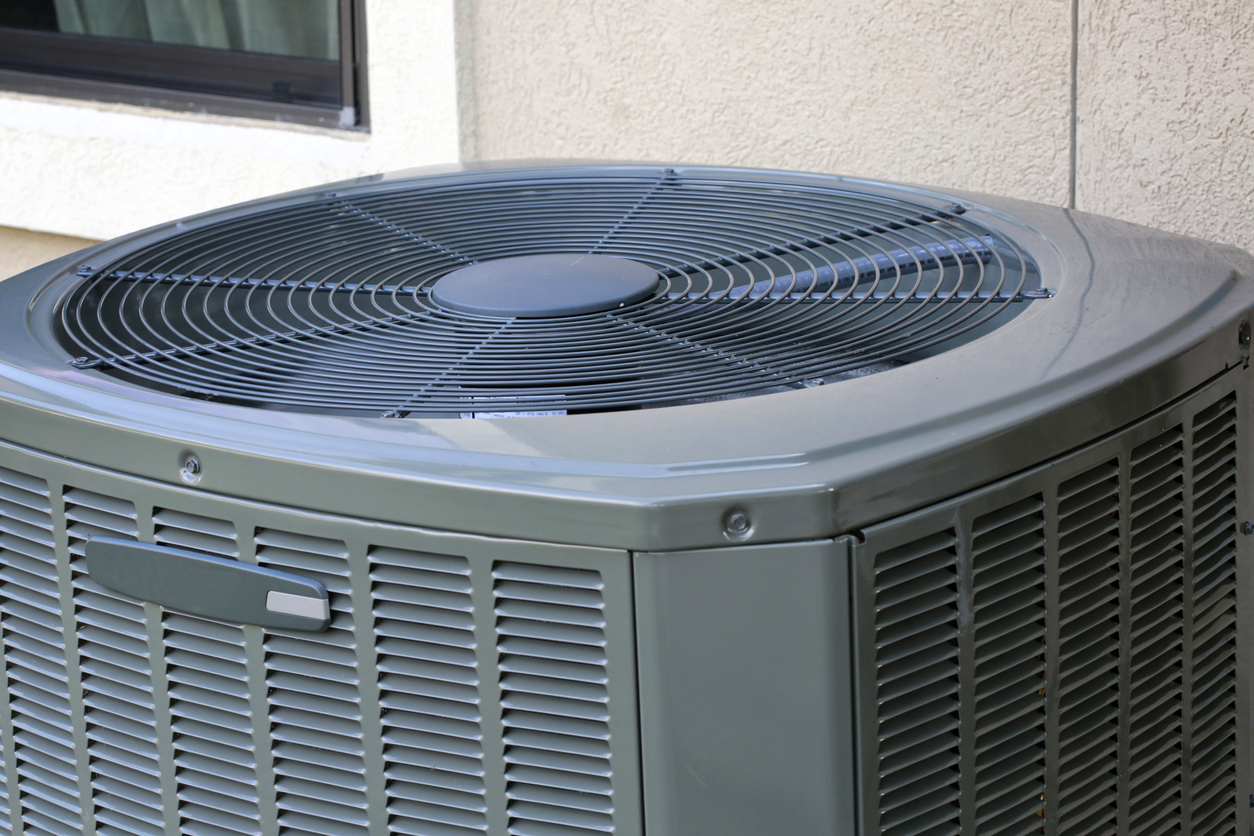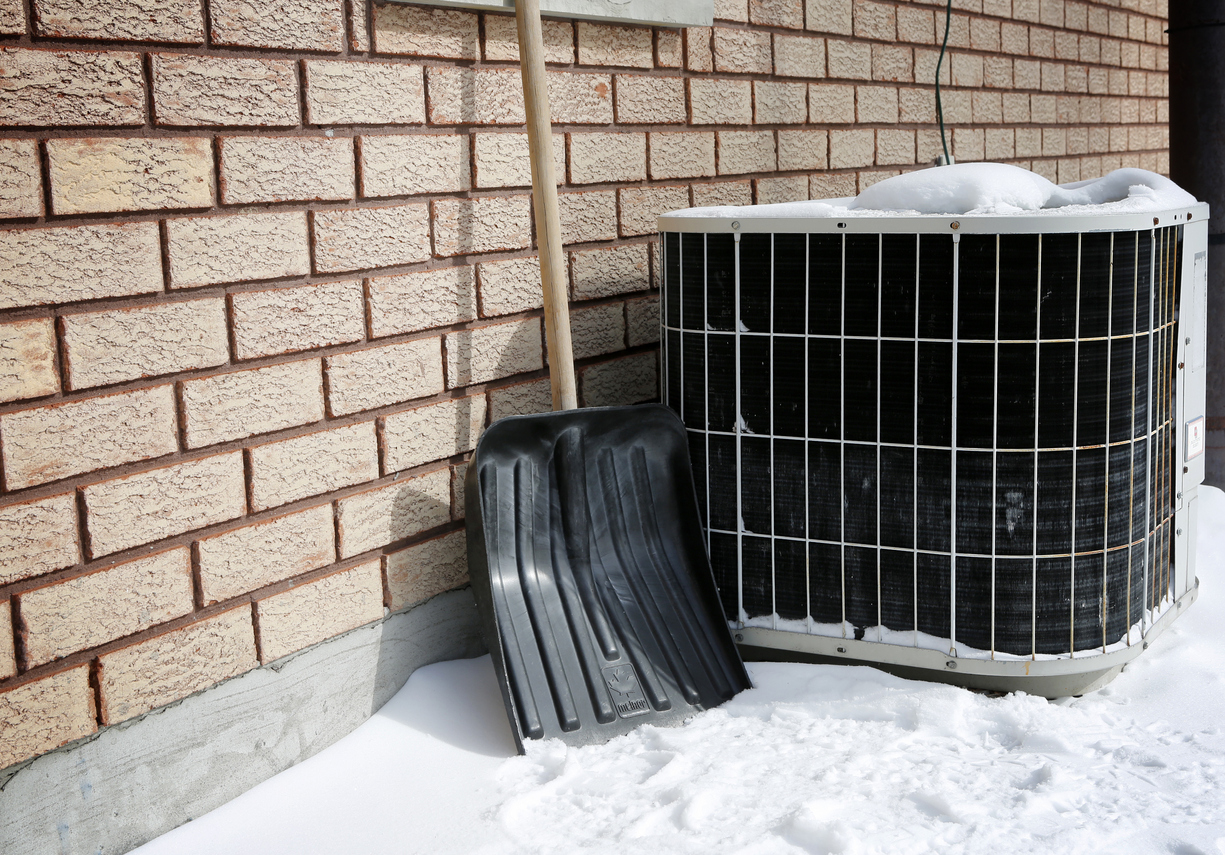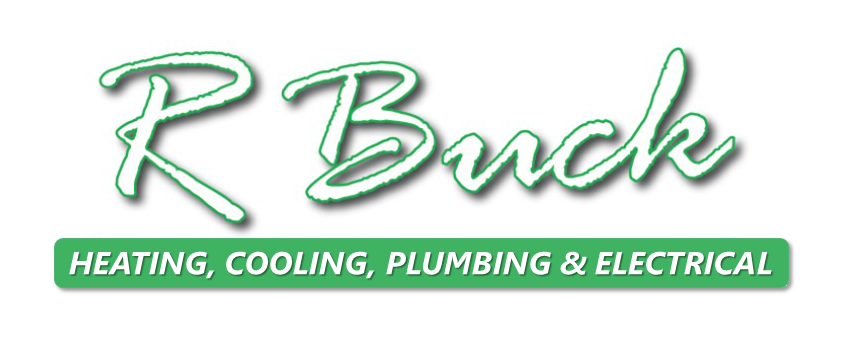How a Retaining Wall Drainage Works

A retaining wall is a vertical or near-vertical structure that helps keep materials from slipping or collapsing in a given area. It is often designed to support a terrain seen as too steep or flat for soil to handle. To be effective in its role, a retaining wall must be able to resist the pressure created by the soil.
After heavy or excessive rain, hydrostatic pressure increases, which can affect the wall’s stability. A retaining wall with drainage is suitable in this case to prevent the possibility of a collapse. Good drainage can stop water from building up on the wall’s side and prevent it from falling due to instability.
Do You Need Drainage Behind a Retaining Wall?
Rainwater that flows over a retaining wall follows the path of least resistance. It is usually the bottom of the wall where soil particles often collect after construction. If the rains are heavy enough, they can cause the soil to erode and damage any nearby plants and even the wall itself. This can be reduced, if not eliminated, by having a drainage system behind the wall. Retaining wall drainage also prevents the formation of standing waters that can become breeding grounds for mosquitoes, which can cause severe diseases like dengue.
Types of Retaining Wall Drainage
Planning to install a drainage system on your retaining wall? The following drainage types can work wonders for your specific drainage needs:
1. Weep Holes
These are small openings that allow water from an assembly to drain through. They are found at the bottom of the wall and must have the appropriate size to overcome the tension on the surface.
2. Drainage Pipes
Drainage pipes can be installed behind retaining walls to allow water to pass through a wall’s entire length. These can allow water to escape and reduce hydrostatic pressure from developing behind the walls.
3. Permeable Drains
Certain materials, like large rocks, can be used as backfill to allow water to penetrate the soil. This creates space for water to flow through instead of being trapped.
4. Inclined Drains
This will involve the creation of a downward slope that leads away from the retaining wall. It will prevent water from building up at the bottom of the wall, causing instability. The size of the space involved will determine how subtle or substantial your incline will be.
5. French Drain
This is a downward-sloping trench with round gravel and a pipe directing water away. Named after former Massachusetts farmer and judge Henry French, a French drain allows water to flow easily into a trench filled with gravel and then into the perforated pipe that lies at the bottom. A retaining wall with a French drain is ideal if you have a dry well or if you live in a place that has a low-lying area.
When Does a Retaining Wall Need Drainage?
In general, when water is not flowing away from your home, it means you have a drainage problem. The same is true when you have a retaining wall in your property. The following signs should also indicate when you will need a drainage for your retaining wall:
1. Flooding
When rainwater is not moving, the result will be flooding. If not removed, they become standing water that can lead to mold and mildew growth, exposing you to various health diseases.
2. Soil Erosion
During a heavy downpour, soil erosion can take place. However, when the rains have stopped, and you have soil that refuses to move after collecting in one place, your retaining wall can receive extreme pressure. If this becomes too strong, the wall could collapse unless you have a retaining wall and water drainage constructed soon.
3. Patches and Puddles
If these appear in the same place, especially near the foundation of the wall, they can invite the growth of molds. In some cases, they can even cause accidents like falls and slips.
4. Landscaping Issues
Strong wind and rain can cause cracks in the wall or uproot surrounding flowers and plants. This can ruin the general landscape, especially if the wall is erected near porches and decks.
How to Fix a Retaining Wall Drainage
Retaining walls can be made of block, wood, stone, or concrete. Regardless of the materials they are made from, these walls can lean at some point. When this happens, you can either remove the wall and rebuild it or have professionals stabilize it and pull it back to its original position. With the latter, helical anchors are popular for foundation repair contractors.
For retaining wall drainage, soil saturation is a common cause of disrepair. Regrading the area can be considered, but materials like crushed gravel can also be used to serve as secondary drainage.
Key Takeaway
Retaining walls are popular support structures if you live in a place with sloping terrain. The wall, however, should be constructed along with a drain so water can pass through and move away from your home. This is important, especially during stormy weather when the rains can cause the soil to erode and put pressure on the wall.
Several drain types work well with a retaining wall. These include weep holes, which are small drains usually constructed at the bottom of the wall. Another one is the French drain, a trench with a downward slope where water passes through a pipe and ultimately flows away from the property. Regardless of the drain type constructed, this can become damaged over time. Plumbing experts will have to be called in so your retaining wall drainage can be rebuilt.
Call Absolute Electrical Heating and Air if you need to construct drainage in your retaining wall.
Absolute Electrical Heating and Air is an acknowledged expert when it comes to all types of plumbing concerns. This can include drainage for a retaining wall.
Contact us if you have the above concern. Our Denver plumbing team will quickly drop by to see your wall and identify the most appropriate retaining wall drainage for it. Call us right away so we can help you.
CONTACT US
Request Service


Save Every Year with an Absolute Advantage Membership
Expert Annual System Safety Inspections & More
- Priority service
- Waived dispatch fees
- Yearly furnace, A/C, & electrical system inspections
- 10% discount on repairs and additional diagnostic services
- Up to $500 off HVAC & electrical panel replacements







